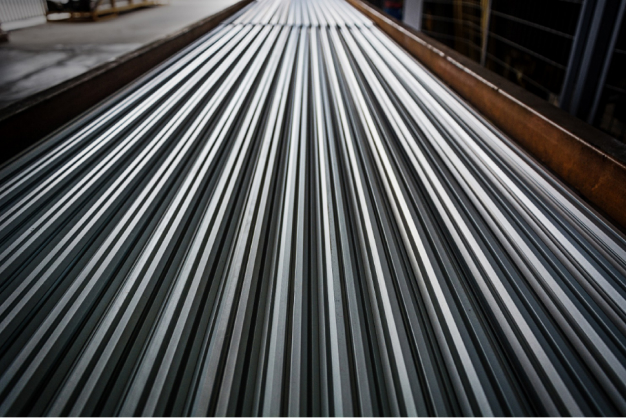Cold and warm aluminum profile for windows
When old wooden windows finally fail, people face a choice — to prefer plastic windows or modern wooden ones. Or maybe aluminum? Made of "warm"" aluminum? But why is aluminum "warm" and why is it good in a residential area?
Aluminum windows are almost eternal.
This material does not rot, does not get wet and does not rust. It is not for nothing that manufacturers of windows based on aluminum profiles guarantee them at least 80 years of existence. Agree, a lot compared to windows made of other materials. Aluminum is slightly susceptible to oxidation, although to a much lesser extent than, for example, steel. That is why aluminum has a dark gray shade and structures made of it need to be refined by tinting. In fact, the dark gray color of aluminum is an undoubted blessing. This is an oxide film that appears on any of its exposed surfaces, protecting the metal from further destruction. If you are not satisfied with this window color, then paint it in whatever color you need and with anything — all the same, this coating does not affect the condition of the aluminum structure.
Products made of it weigh a little, but they are durable. It is chemically neutral, it is not treated with toxic impregnations, and therefore it is absolutely harmless — it does not emit any substances into the air. Frames made of it do not need care, even theoretically.
There are also some disadvantages. Although the material is not deficient, but windows made of it can be many times more expensive than plastic ones. And the strongest negative: aluminum conducts heat perfectly, that is, the windows will freeze, and the air at home will cool down.
But here it is worth making some clarifications.
There are two types of profiles made of this metal — "cold" and "warm". "Cold" is, roughly speaking, profiled metal segments with weak thermal insulation, in which glass is held. Many people use such frames to glass balconies that do not require insulation. They will hide from precipitation and wind, but they will not protect from cold and moderate intake of external air through not perfectly dense joints of frames with glass. And there is a "warm" profile. It has completely different thermal insulation properties. And the frames with it are installed in rooms with heating. Simply put, the "warm" profile consists of two aluminum halves, between which there is a so—called thermal barrier, an insert made of high-quality heat insulator - polyamide, polyurethane, etc.
The thickness of the thermal barrier is at least 34 mm. This distance between the aluminum profile parts is recognized as optimal: it is impossible to be thinner — the thermal insulation of metal parts deteriorates, and it is unwise to make thicker — the window will greatly increase in price, and there will not be much heat added.

